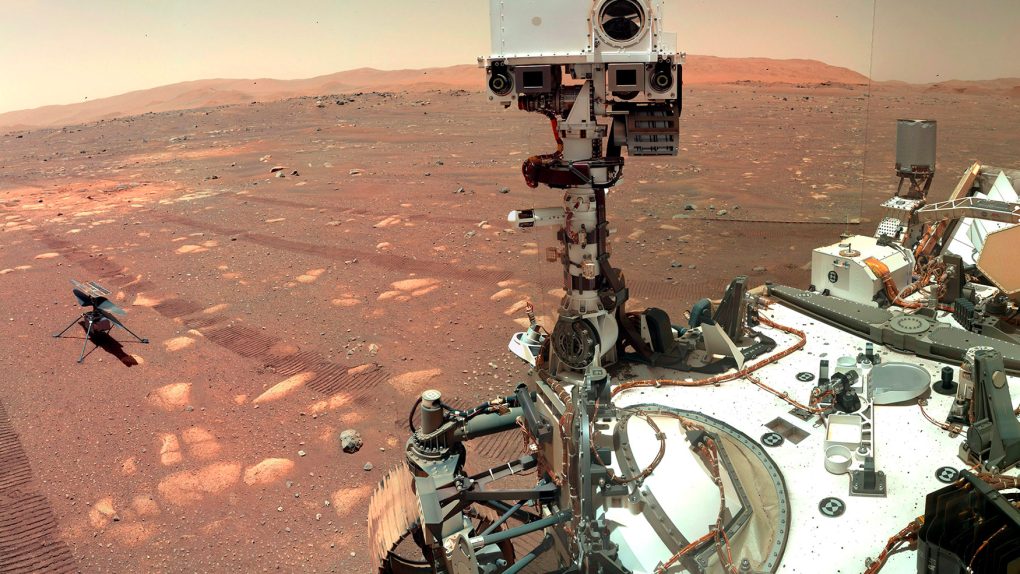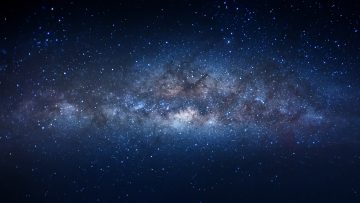By now you already know that NASA’s Perseverance rover is an impressive machine. It survived the long journey from Earth to Mars, landed in one piece, and has already explored a small area of the surface while its partner, the Ingenuity helicopter, conducted its flight tests. Now that the Mars 2020 mission is finally entering its science phase, Perseverance will get to show exactly what it’s capable of, and NASA’s Jet Propulsion Laboratory is here with a new video to get us excited about the possibilities.
In a video showcase published to JPL’s YouTube channel, one of the rover’s most powerful instruments, the SuperCam, gets its time in the spotlight. You’ve probably already heard a little bit about the SuperCam. It’s packed with high-tech instruments and, of course, a camera. But did you know that it can vaporize rocks? You did? Well, did you know that it can vaporize rocks from 23 feet away? Yeah, it’s pretty wild.
The video lays out all of the awesome tools that the SuperCam has at its disposal. Each instrument on the rover has a team dedicated to ensuring it’s working correctly and also interpreting the data it sends back. In the video, Hemani Kalucha, the science payload uplink lead for SuperCam, explains why the ability to zap rocks from 23 feet away is so valuable to the rover and to the scientists that will eventually use the data.
Sending commands to Mars takes a long time — anywhere from 5 minutes up to 20 minutes, depending on the position of Earth and Mars in relation to the Sun — so if the SuperCam spots an interesting rock, driving right up to it can take a significant amount of time. The fact that the rover can simply look at any rock in the vicinity and blast it with a laser ensures that science can be conducted even when the rover isn’t on top of the rocks it wants to study.
SuperCam’s laser essentially vaporizes small bits of whatever rock it hits. At the same time, the instrument’s infrared sensors collect information that reveals the composition of the rock. This data is incredibly useful when determining the origin of the rocks that cover the surface, while also offering clues as to what natural forces — like water on ancient Mars — may have contributed to their formation.
The high-resolution camera and microphone that are also built into the SuperCam provide NASA and the rest of us with some of the best views of the Martian surface so far. The microphone in particular has been useful early in the Mars 2020 campaign, and it was used to listen in to the Ingenuity helicopter as it performed its flight tests.
Perseverance is expected to have many years of science ahead of it. There’s no telling what kind of exciting things it will be able to tell us about the Red Planet, but science fans around the world are waiting.








